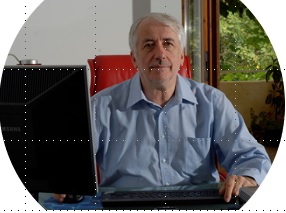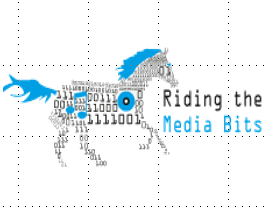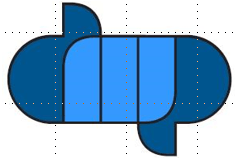MPEG can also be green
Introduction MPEG has given humans the means to add significant more effectiveness and enjoyment to their lives. This comes at a cost, though. Giving billions of people the means to stream video streamed to anywhere at any time of the day, adds to global energy consumption. Enhanced experiences provided by newer featurers such as High Dynamic Range further adds energy consumption in the display. More sophisticated compression algorithms consume more energy, even though this can be mitigated by more advanced…
















